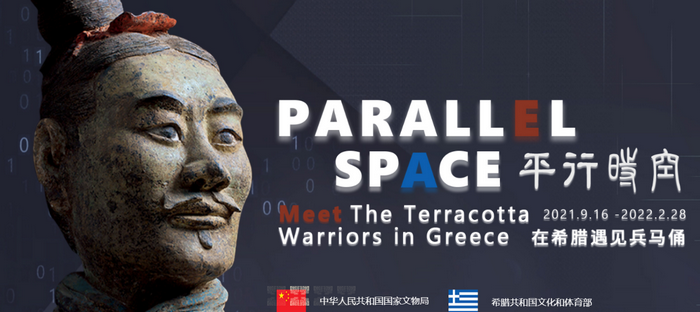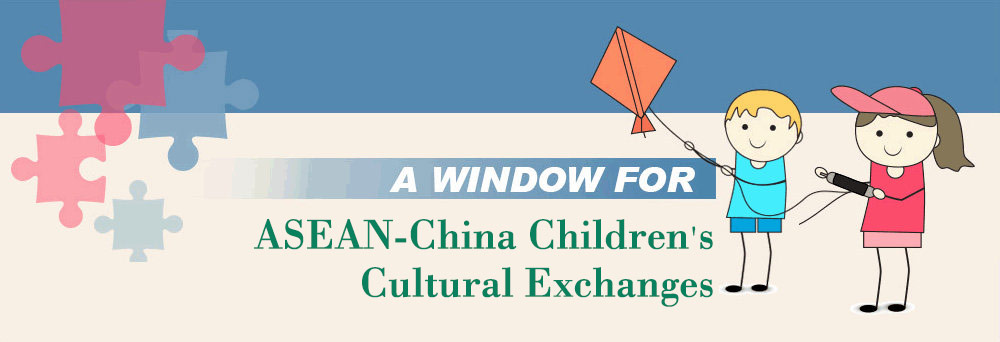Terra-cotta Warriors Museum

Emperor Qinshihuang's Mausoleum Site Museum (Terra-cotta Warriors Museum) is a museum specialized in relic display. The main objects exhibited here are the terra-cotta figures which are more than 2000 years old. These figures stand for the garrison force that protects Emperor Qinshihuang's mausoleum.
It is already known that the mausoleum consists of two sections, an inner city and an outer city, both rectangular in shape. The tomb lies in the southern part of the inner city. Originally, the tomb was 115m high. After over 2000 years weathering, the mausoleum today still remains more than 70m in height. Approximately 500 satellite tombs and pits have been discovered in the vicinity of the mausoleum.
The burial pits of the Terra-cotta Warriors and horses are located about 1.5km east of Emperor Qinshihuang's Mausoleum. In March 1974, local farmers discovered broken pieces of Terra-cotta figures when digging a well. After a year of investigation and excavation, the archaeological team unearthed a large pit, in which approximately 6000 Terra-cotta Warriors and horses were discovered. Following this discovery, in the summer of 1976, they found two other pits. According to the sequence of the discoveries, those pits were named Pit 1, Pit 2 and pit 3 respectively. The Terra-cotta Warriors and horses are all life-sized, and the warriors carry real bronze battle weapons. Orderly arrayed in rows and lines, these figures of warriors and horses make up a great underground army consisting of war chariots, infantrymen, cavalrymen and other armed servicemen. The amazing discovery caused an immediate stir among Chinese archaeologists and soon attracted the attention of the world. People called this find "one of the world wonders" and "one of the greatest archaeological discoveries" of the twentieth century.
Covering an area of 56.25sq.km, it took 37 years and around 720,000 labors to build Emperor's mausoleum, standing as the grandest with the richest burial objects among all the imperial tombs throughout Chinese history. It mainly consists of subterranean palace, city walls and gates, various burial objects, burial pits, and all kinds of affiliated architectures. The whole mausoleum was well designed and rich in burial objects. The layout of tomb and arrangement for the ritual facilities, both traditional and innovative, has far-reaching impact on the imperial mausoleums of subsequent dynasties.
At present, 149 burial pits, 196 burial tombs have been discovered, including the Bronze Chariots pit, the Rare Birds pits, the Barns pits in small and large scales, the Stone Armor pit, the Warriors and Horses pits and other sacrificial pits. All those together built a massive treasure house. On March 4th 1961, the State Council declared Emperor Qinshihuang's mausoleum a major historical and culture site protected at the national level, one of the first group of national protected sites in the country. The mausoleum including the pits of Terra-cotta Warriors and Horses, was listed as one of the UNESCO World Cultural Heritage Sites on December 7th 1987.
Official website: www.bmy.com.cn
Latest
- Live Broadcast Held by Cambodia Rural Road Project of the Belt and Road Overseas Engineering Science Camp
- Construction of China-Laos railroad heightens Chinese learning boom, Lao students grouped to Guangxi to study
- Opening Ceremony of Begonia Cultural Festival and Begonia Poetry Event Successfully Held
- Students from Indonesia arrive for study in China
Contact us
Address:ASEAN-China Centre, No. 43, Liangmaqiao Road, Chaoyang District, Beijing, China
Postcode: 100600
Tel: 86-10-65321660 ext 636
Fax: 86-10-85322527
Weibo: weibo.com/aseanchinacentre
